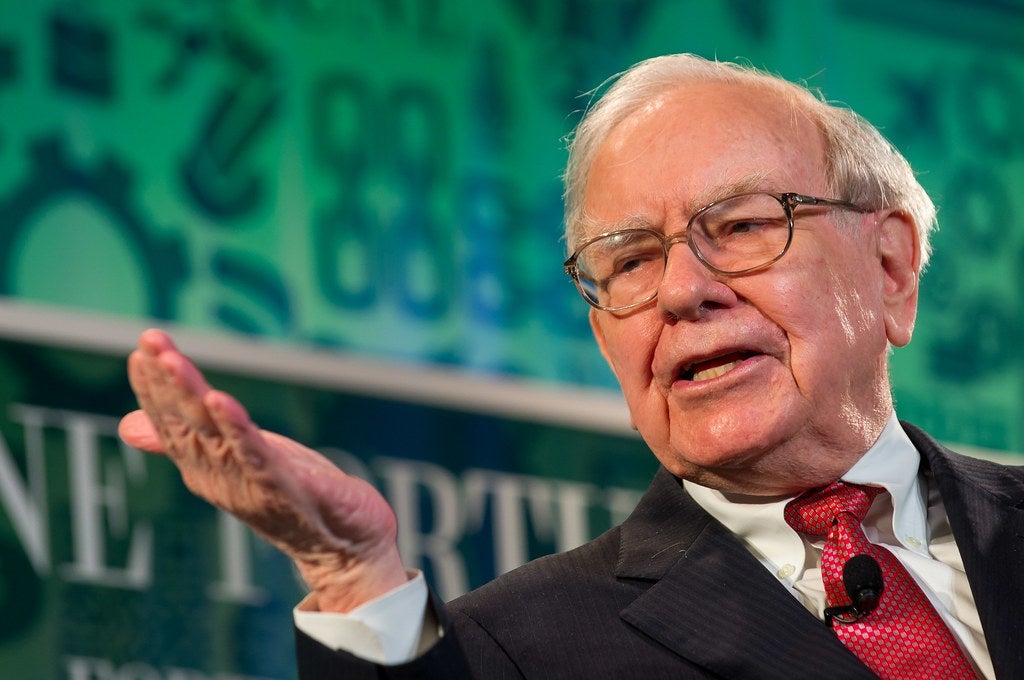The Buffett Indicator – a market valuation measure – is signaling potential danger as it surpasses levels witnessed during the Dot-Com Bubble and the Great Financial Crisis.
What Happened: This indicator, attributed to Berkshire Hathaway Inc BRK BRK CEO Warren Buffett, compares the market capitalization of stocks to the Gross Domestic Product (GDP) to determine if equities are overvalued or undervalued.
The total market index, tracked by the Wilshire 5000, and the U.S. GDP are used to calculate this ratio. The Wilshire 5000, a market-cap-weighted index, tracks all U.S. publicly traded companies, which includes more than 3,000 firms. The higher the ratio, the more overvalued the market is deemed to be.
Data from Longtermtrends reveals that the current Wilshire 5000-to-GDP ratio stands at approximately 208%, surpassing levels seen prior to both the Dot-Com Bubble and the Great Financial Crisis.
For context, during the height of the Internet stock frenzy in 2000, the Buffett Indicator reached 140%. In 2007, just before the subprime mortgage crisis disrupted global markets, the ratio was around 110%.
In a Fortune article from 2001, Buffett characterized this level as “playing with fire” alluding to the dotcom bubble.
“Nearly two years ago the ratio rose to an unprecedented level,” Buffett wrote.
“That should have been a very strong warning signal.”
Why It Matters: Berkshire has been offloading stocks and bolstering its cash reserves recently. This could be a sign of Buffett’s wariness of an overpriced market, or it could be setting the stage for potential acquisitions. Buffett has previously expressed that Berkshire would be receptive to such opportunities.
Despite this warning, some analysts remain optimistic about the stock market's future. Bank of America analysts have predicted a positive outlook for stocks in 2025, with the S&P 500 Index expected to reach 6,666 by the end of 2025, marking a 10% increase from current levels. This forecast is based on confidence in productivity gains, resilient corporate earnings, and strategic sector rotation.
Ark Invest's Cathie Wood has also expressed her positive outlook for the stock market under President-elect Donald Trump's administration. She believes that the market is already starting to anticipate a shift, indicating potential future growth.
According to data from Benzinga Pro, the S&P 500 index, which is tracked by SPDR S&P 500 ETF Trust SPY, has gained 28.33% so far this year. During the same period, the tech-heavy Nasdaq-100, which is tracked by Invesco QQQ Trust Series 1 QQQ, is up 29.91%.
Read Next:
Image via Shutterstock
© 2024 Benzinga.com. Benzinga does not provide investment advice. All rights reserved.








